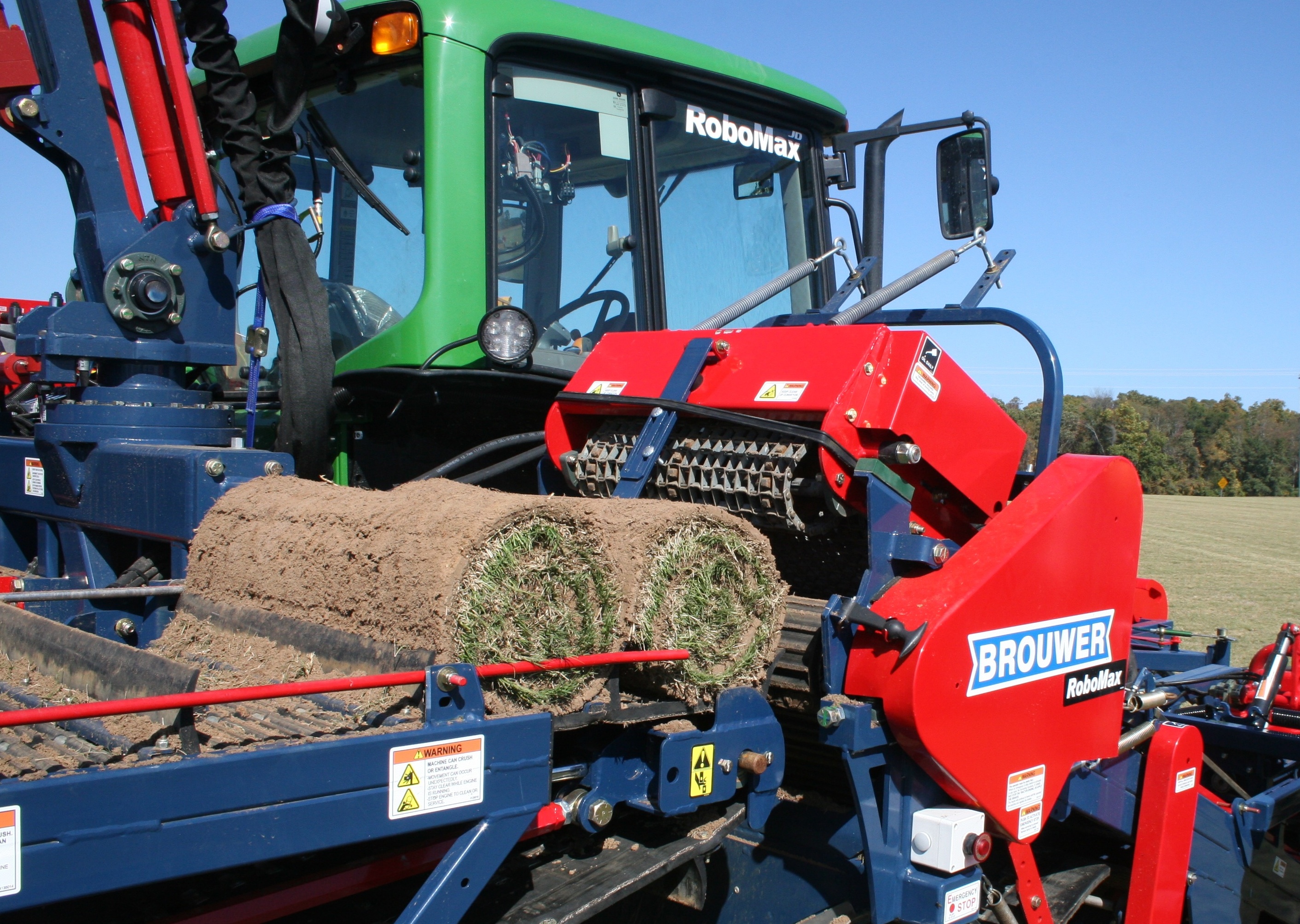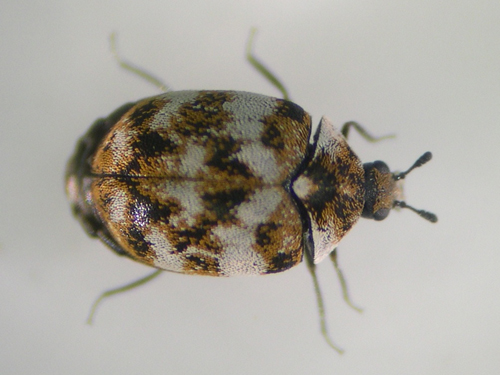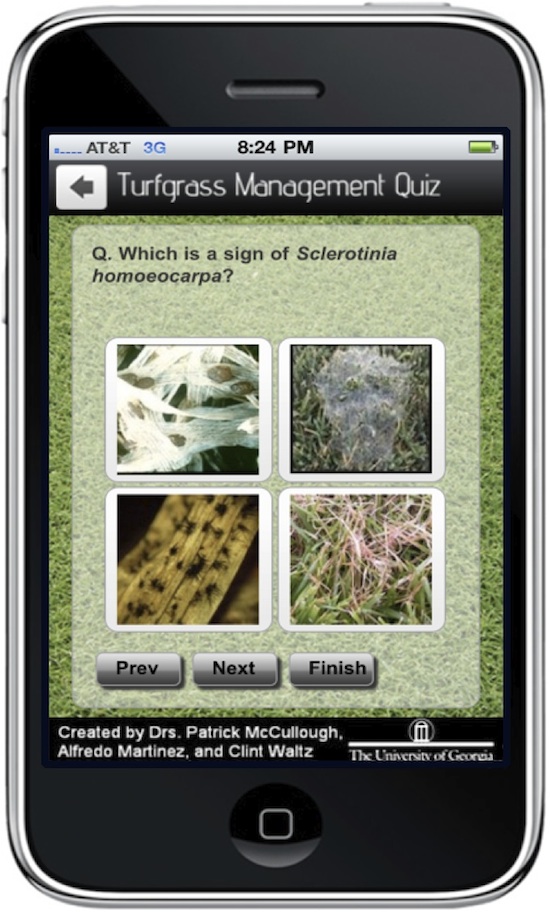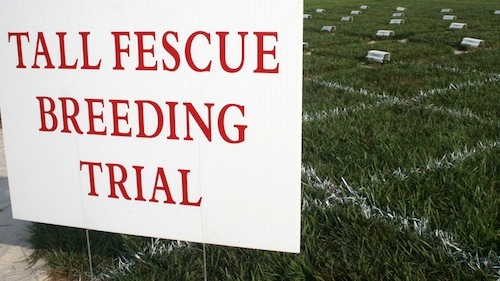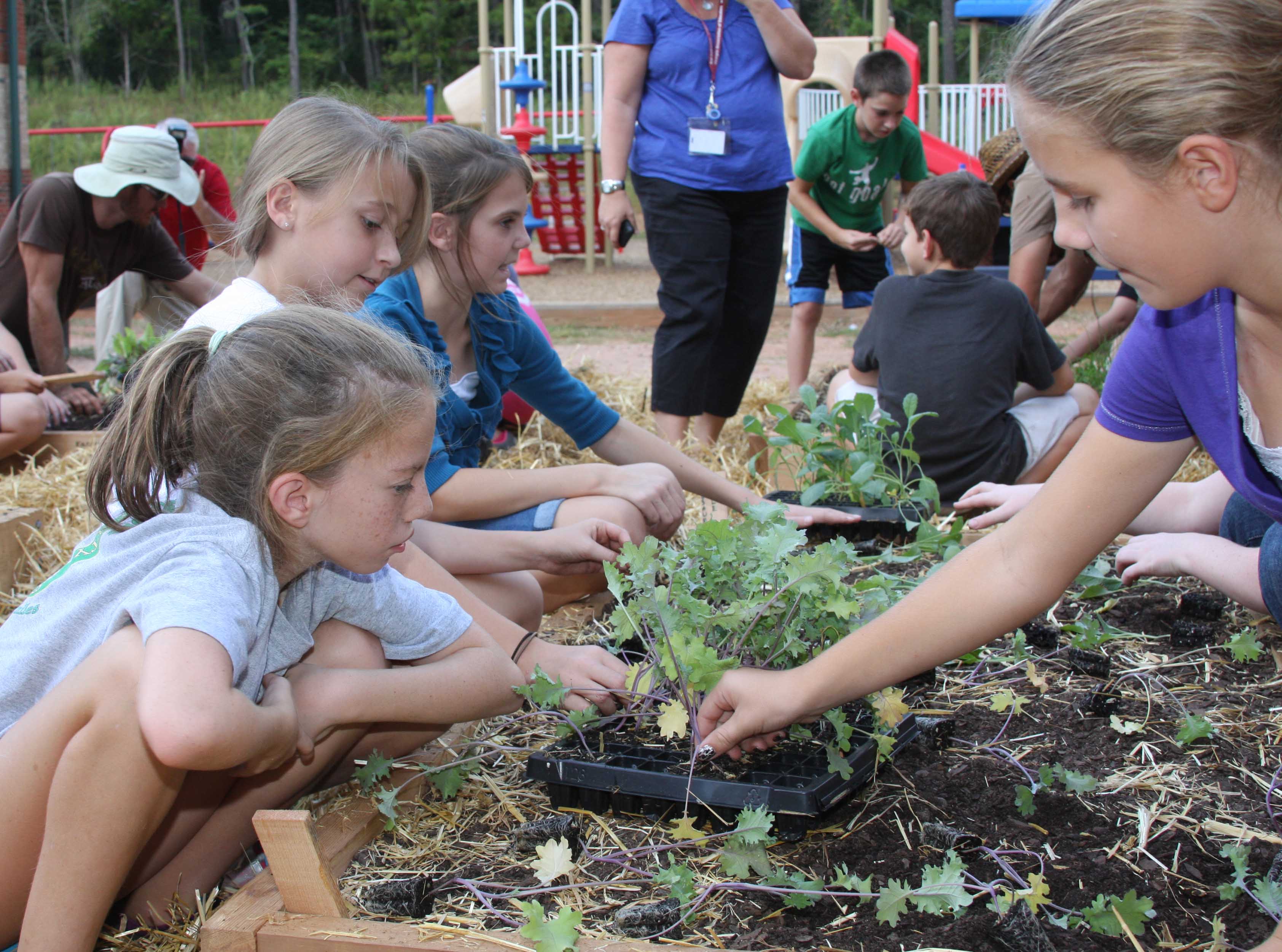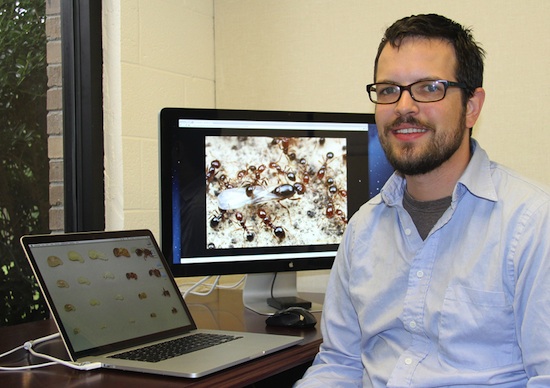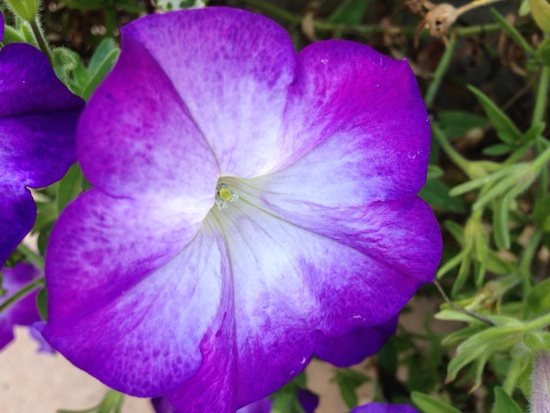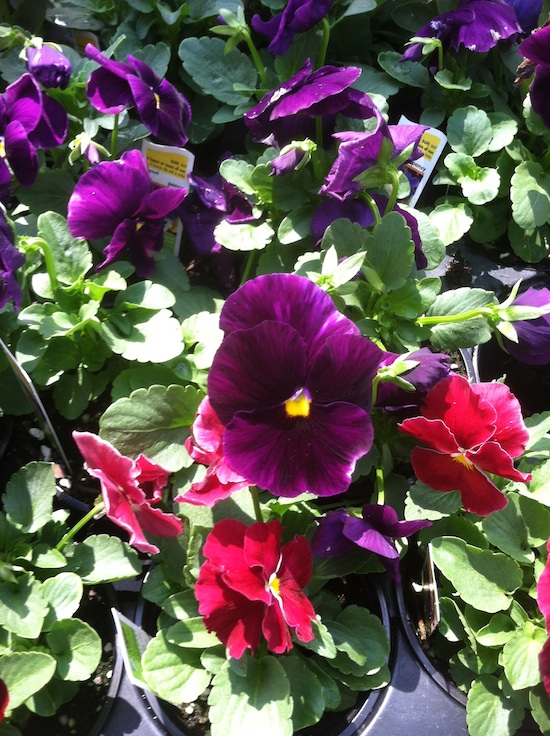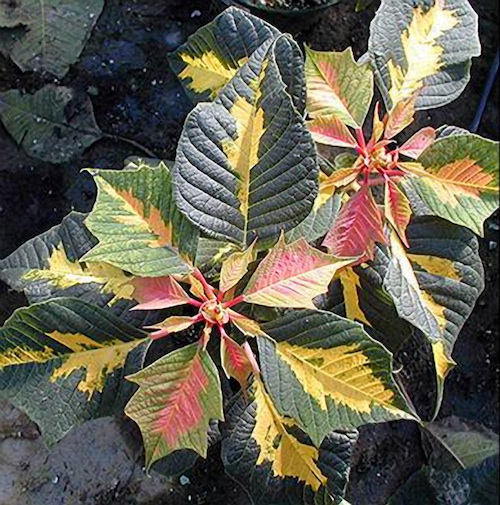 CAES News
CAES News
Holiday House Plants
There’s no better holiday décor than classic holiday house plants like poinsettia, cyclamen and Christmas cacti. Not only do they bring a touch of tropical cheer during dreary Georgia winters, they can last for years with a little extra care.

